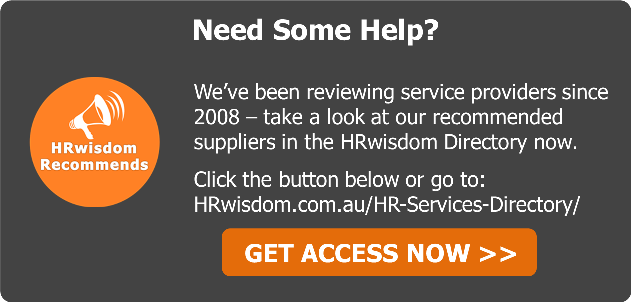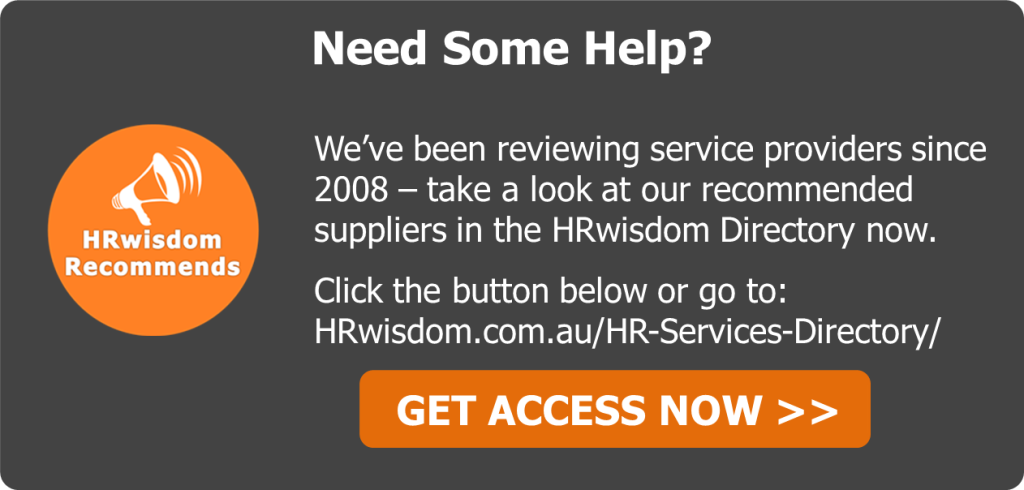At HRwisdom, we talk a lot about how to measure HR and how to get the best out of your workforce using effective business targets and measures.
In one of our many free employer briefings (’15 Ways To Manage Your Employees During Uncertain Times’) we suggest the following:
- Clearly identify the most important business measures (KPIs = Key Performance Indicators) that will keep your business afloat during challenging times. The critical measure of ‘Break-Even’ is a good start and you could then add other measures such as ‘Widgets Sold Per Month’ or ‘Cost Per Unit’ as appropriate. Publish these three or four measures everywhere in the form of very basic charts that any passerby can understand at a glance. These charts should, at a minimum, be above every water cooler or in every lunchroom and they should be updated daily to emphasise their importance. Discuss the results at every opportunity.
- Apply performance-based pay, incentives, or bonuses to every job. Note that these can be non-financial incentives. Ideally, all incentives should be results of pre-determined outcomes linked to the business’s key performance indicators. Celebrate small and big wins and use these celebrations to focus staff on doing the things that have the biggest impact on your key measures.
Other Posts You Might Be Interested In:
Good Advice On Workforce Productivity
Bizarre – Why Did They Fire This Punctual, Top Performing Employee?
How To Manage Redundancies Without Destroying All Staff Goodwill [Audio Interview]
How To Measure HR Performance and Business Performance?
In the extracts above, we described some of the ways you can measure the performance of your human resources and of your business overall. 
However, we often get asked about how best to display this information?
After all, some business measures can be quite tricky to communicate to the workforce so how can we display this on paper so everyone can understand easier?
In today’s HRwisdom blog post on how to measure HR, we’re sharing some valuable information from an industry expert on how to display these business and HR metrics in the most effective and convincing manner.
This time, however, the resource is a little different and, hopefully, a little fun for you.
The resource comes courtesy of Stephen Few. Stephen consults to industry and teaches in the MBA program at the University of California, Berkeley.
Stephen is a regular visitor to Australia to run his leading-edge training and share his Graph Design IQ Test.
An HR Brain Teaser For You
Think you know the best way to share performance results with your staff?
To test your HR metrics and business performance display knowledge, click here.
We’d love it if you shared this with your friends and colleagues (you can use the social media buttons below).
Enjoy!
HRwisdom

















